In this blog post, I compiled a shortlist that refers to the 10 largest cities of France by population based on communes. The list starts with the French capital, Paris which is by far the most populous city in the country.
The largest cities of France and the communes
Before starting the list, there is one thing I want to explain. It’s about what the French call ‘une commune‘.
A commune is the basic unit of local administration in the French Republic. Each one is run by a municipal council (le conseil municipal) whose leader is the mayor (le maire).
There are 35,357 communes in France in 2018 of various surface areas. The data was compiled by INSEE, the French National Statistical Office for the 2015 census. Most importantly, these figures do not include the population of the town’s metropolitan area or its suburbs.
This explains why Lyon is number 3 behind Marseille. If counted with the metropolitan area, the population of Lyon is by far greater than that of Marseille (see the table at the end of this article).
The population of France
Did you know France has a population of 67,795,000 (2018)?
This includes 65 million in metropolitan France (that is mainland France located in Europe). The country is the 20th most populous in the world, representing 0.87% of the total world population.
The top 10 largest cities in France
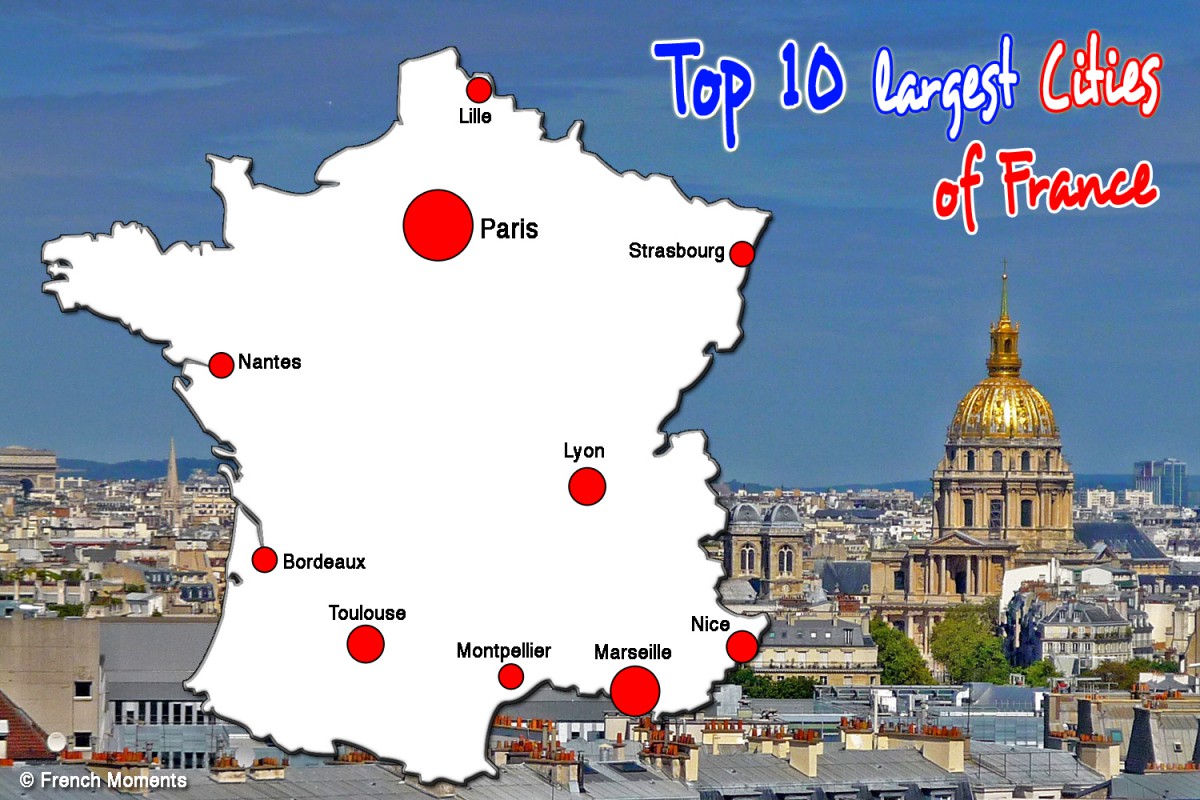
Alrighty, let’s start with number 1 – you’d have guessed – the French Capital!
#1. Paris
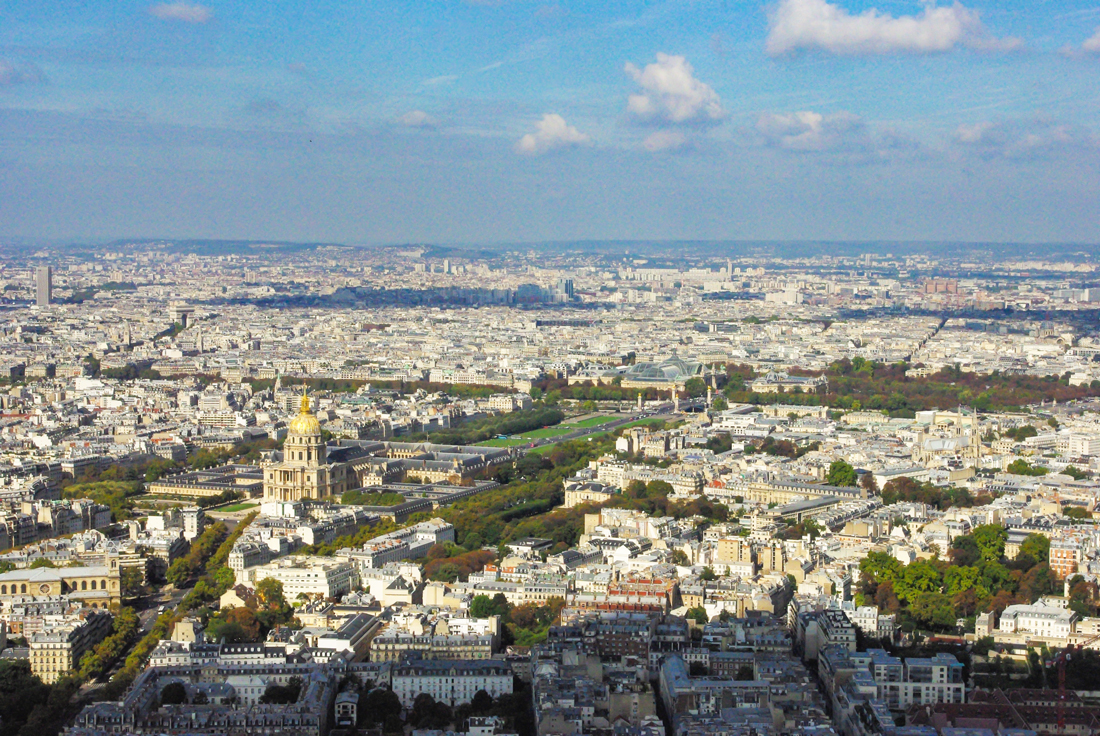
- Population: 2,190,327 (2016)
- Département of Paris, region of Île de France.
- Paris, the capital of France, is watered by the Seine River. One of Europe’s largest cities, Paris and its suburbs are also France’s most populous urban area with 12,292,895 inhabitants (2011 census). The history of the city dates back to the 3rd century BC when it became a Celtic town of the Parisii tribe, later conquered by the Romans who called it Lutetia (French: Lutèce). Paris is home to many famous monuments: the Eiffel Tower, Notre-Dame cathedral, the Arc de Triomphe, the Louvre Palace and museum, the Orsay Museum, the Hôtel des Invalides, the Panthéon, the basilica of Sacré-Cœur…
- Read more about Paris on the blog.
- Tourist office of Paris
- Book a hotel in Paris!
#2. Marseille
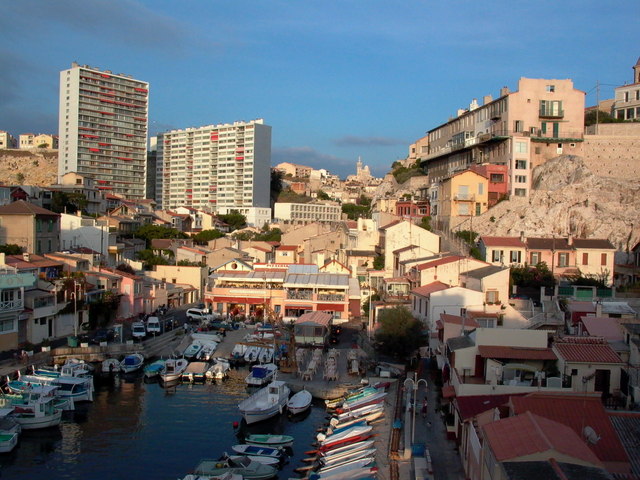
- Population: 862,211 (2016)
- Département of Bouches-du-Rhône, region of Provence-Alpes-Côte d’Azur.
- The town is located on France’s south coast and is the country’s largest port for commerce, freight and cruise ships. Marseille was known to the ancient Greeks and Romans as Massalia. Main sights include the Old Port (Vieux-Port), the Canebière main street, the Cathedral of Sainte-Marie-Majeure, the castle of If, and the 19th-century basilica of Notre-Dame de la Garde.
- Tourist office of Marseille
- Book a hotel in Marseille!
#3. Lyon
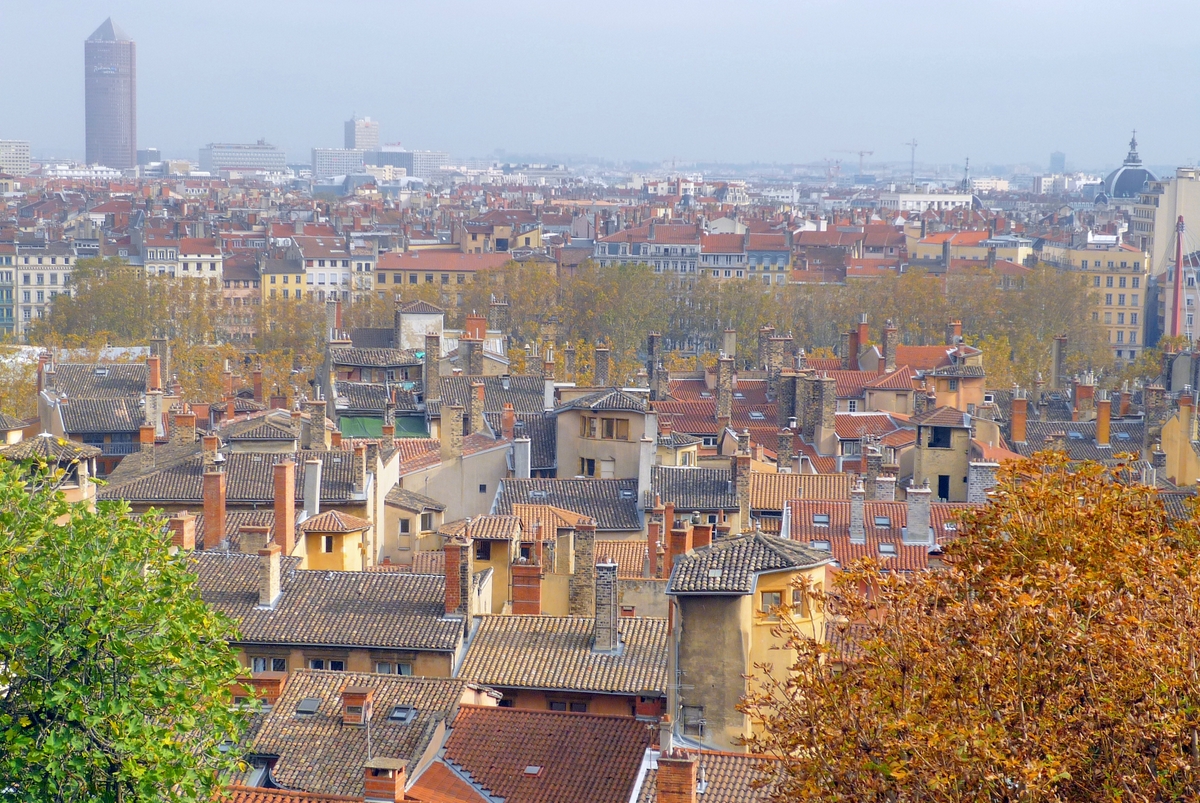
- Population: 513,275 (2015)
- Département of Rhône, region of Auvergne-Rhône-Alpes.
- Lyon is a major tourist site with its old town (Vieux-Lyon, Presqu’Île) and a Unesco-World Heritage site. Founded by the Romans, Lyon grew where the Rhône and the Saône meet. This commercial and cultural hub in Eastern France is now reputed for being the French capital of gastronomy.
- Read more about Lyon on the blog.
- Tourist office of Lyon
- Book a hotel in Lyon!
#4. Toulouse
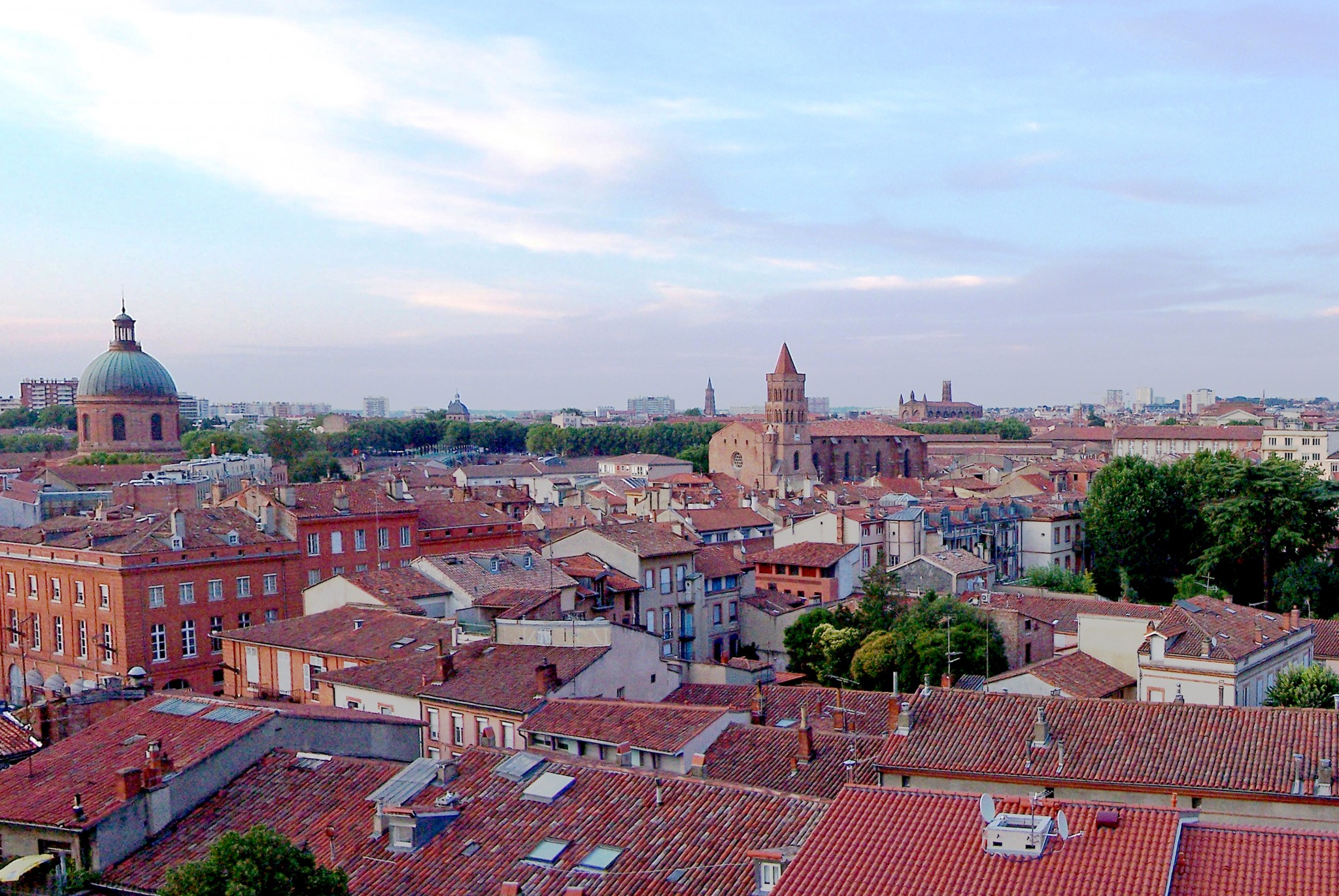
- Population: 475,438 (2016)
- Département of Haute-Garonne, region of Occitania.
- Read more about Toulouse on the blog.
- Located in the southwest of France, Toulouse has been affectionally nicknamed by the locals as the “Pink City” because it is mainly built from clay bricks. The main sights of Toulouse are the Capitole, the Old Town and the banks of the Garonne River (listed as a UNESCO World Heritage site).
- Tourist office of Toulouse
- Book a hotel in Toulouse!
#5. Nice
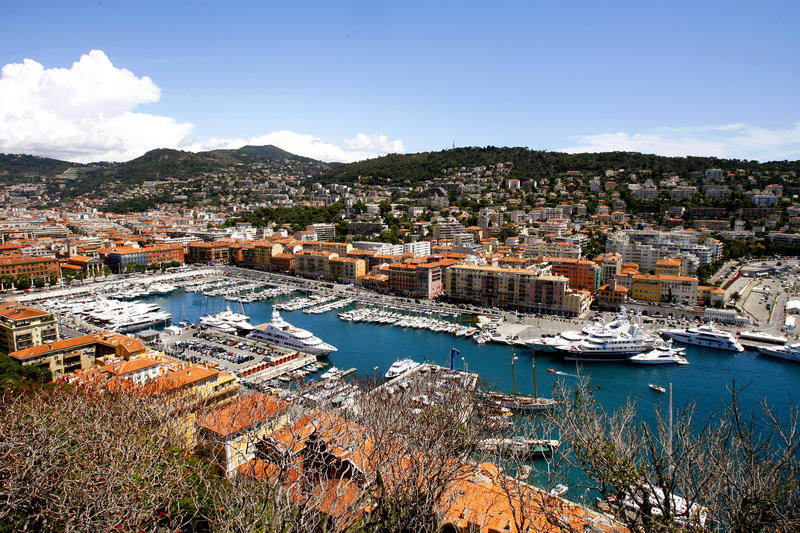
- Population: 342,637 (2016)
- Département of Alpes-Maritime, region of Provence-Alpes-Côte d’Azur.
- Located in the French Riviera, on the Mediterranean coast Nice lies at the foot of the Alps. The metropolitan area of Nice has a population of about 1 million. The city is nicknamed Nice la Belle – Nice the Beautiful. The natural beauty of Nice and its region, enjoying a mild Mediterranean climate, drew the English upper classes in the second half of the 18th century. Nice is famous for its main seaside promenade, the Promenade des Anglais (“Walkway of the English”).
- Tourist office of Nice
- Book a hotel in Nice!
#6. Nantes
![Largest cities of France - Nantes from Tour Bretagne © Adam Bishop - licence [CC BY-SA 3.0] from Wikimedia Commons](https://frenchmoments.eu/wp-content/uploads/2021/01/Nantes-from-Tour-Bretagne-LR-copyright-Adam-Bishop-licence-CC-BY-SA-3.0-from-Wikimedia-Commons.jpg)
- Population: 306,694 (2016)
- Département of Loire-Atlantique, historic province of Brittany, region of Pays-de-la-Loire.
- Situated about 50 km from the Atlantic Ocean, Nantes is known as the most dynamic and attractive city in the western part of France. In 2004, Time magazine described Nantes as the ‘most liveable city in Europe’. Nantes was for a long time the capital city of the Duchy of Brittany although today it doesn’t belong to the administrative region of Brittany. Mains sights include the cathedral, the castle of the dukes of Brittany and the passage Pommeraye.
- Read more about Nantes on the blog.
- Tourist office of Nantes
- Book a hotel in Nantes!
#7. Montpellier
![Largest cities of France - Montpellier Place de la Comédie © Wolfgang Staudt - licence [CC BY 2.0] from Wikimedia Commons](https://frenchmoments.eu/wp-content/uploads/2014/03/Montpellier-Place-de-la-Comédie-©-Wolfgang-Staudt-licence-CC-BY-2.0-from-Wikimedia-Commons.jpg)
- Population: 281,613 (2016)
- Département of Hérault, region of Occitania.
- Situated in southern France near the coast of the Mediterranean sea, Montpellier is one of France’s fastest-growing cities. The centre of the town is the Place de la Comédie. Other main sights include the historic centre with many hôtels particuliers (mansions built from the 16th-18th centuries), Saint-Pierre cathedral, the Porte du Peyrou and the Antigone district.
- Tourist office of Montpellier
- Book a hotel in Montpellier!
#8. Strasbourg
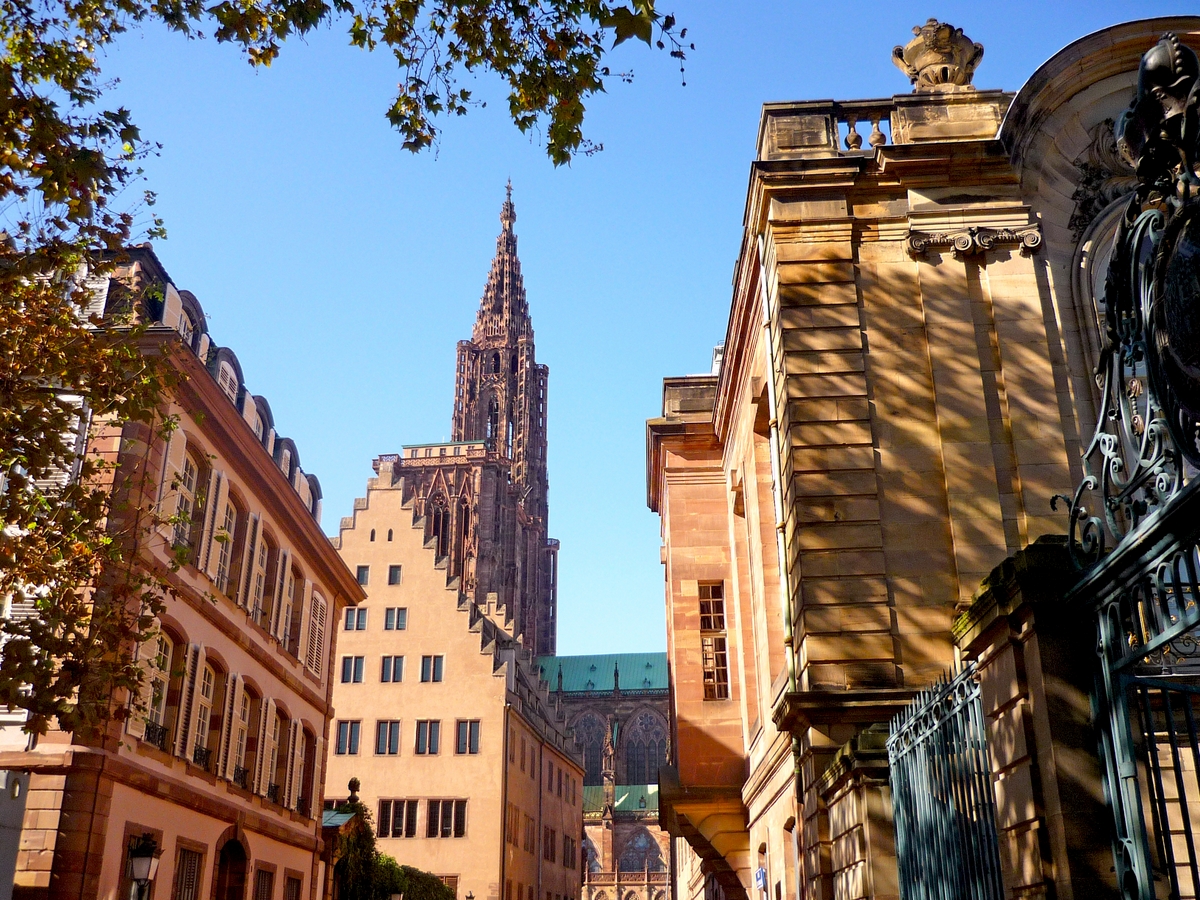
- Population: 279,284 (2016)
- Département of Bas-Rhin, historic province of Alsace, region of Grand-Est.
- The capital of the historic region of Alsace is situated at the border with Germany on the Rhine. The city is home to a couple of European institutions (European Parliament, Council of Europe). The old town (the ‘Grande Île’ boasts several popular sites including the Gothic cathedral and the Petite France district.
- Read more about Strasbourg on the blog.
- Tourist office of Strasbourg
- Book a hotel in Strasbourg!
#9. Bordeaux
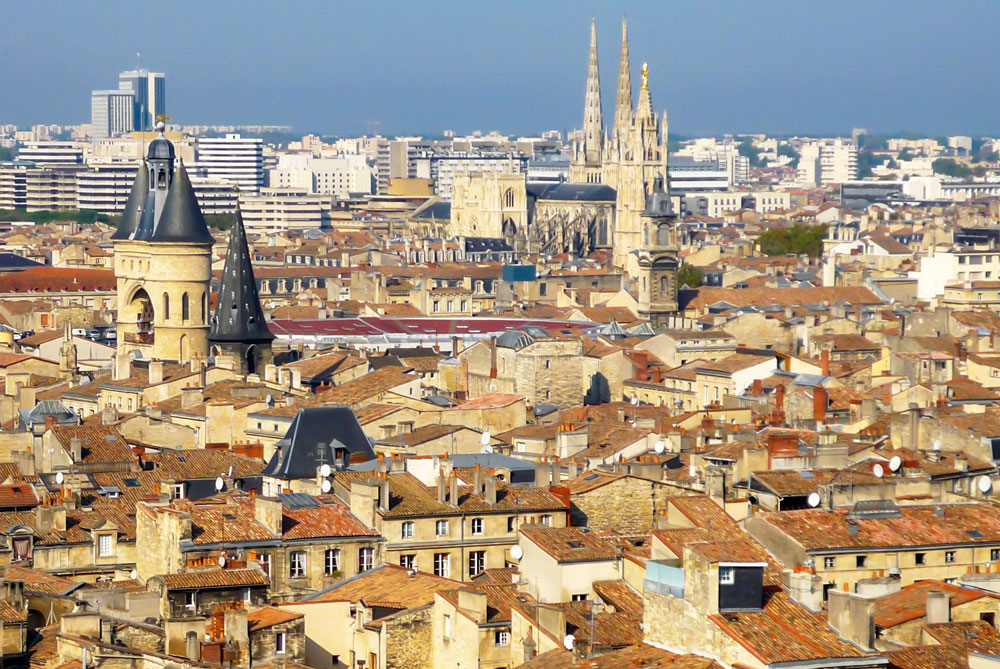
- Population: 252,040 (2016)
- Département of Gironde, region of Nouvelle-Aquitaine.
- The name of Bordeaux is famous worldwide for the reputation of its wine. Ideally located on the bend of the Garonne, and close to the Atlantic Ocean, Bordeaux remains a great maritime harbour and an active trading city. The historic town has been listed as a World Heritage site by Unesco. Bordeaux’ highlights are the luxurious Place de la Bourse, the very wealthy “golden triangle” district, the St. Andrew cathedral, the basilica of St Michel, pont de pierre, Porte Cailhau and the Grosse Cloche old belfry.
- Read more about Bordeaux on the blog.
- Tourist office of Bordeaux
- Book a hotel in Bordeaux!
#10. Lille
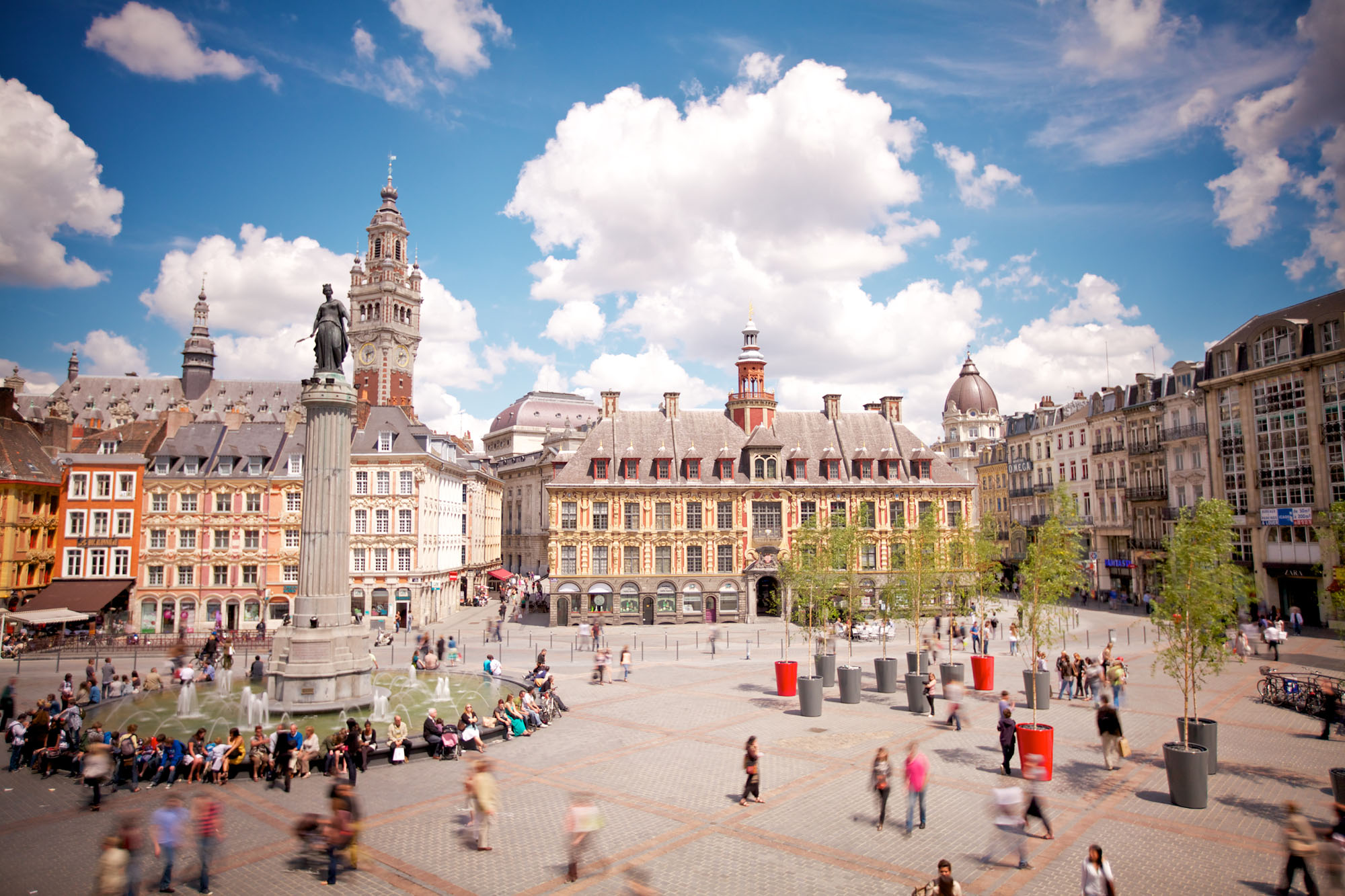
- Population: 232,440 (2016)
- Département of Nord, region of Hauts-de-France.
- The once industrial Lille lies at the centre of a triangle Paris-London-Brussels. Its restored old town is famous for its flamboyant architecture, a perfect harmony of brick and stone on richly decorated façades is reminiscent of a prosperous past. Today, Lille, on the border with Belgium, is a thriving city with more than one million inhabitants and a plethora of restaurants, brasseries and cafés.
- Read more about Lille on the blog.
- Tourist office of Lille
- Book a hotel in Lille!
Other large cities in France (#11 to #50)
Other large cities in France include:
- #11. Rennes (pop. 215,366)
- #12. Reims (184,076)
- #13. Le Havre (172,366)
- #14. Saint-Etienne (171,057)
- #15. Toulon (167,479)
- #16. Grenoble (160,649)
- #17. Dijon (155,114)
- #18. Angers (151,520)
- #19. Nîmes (150,672)
- #20. Villeurbanne (148,665)
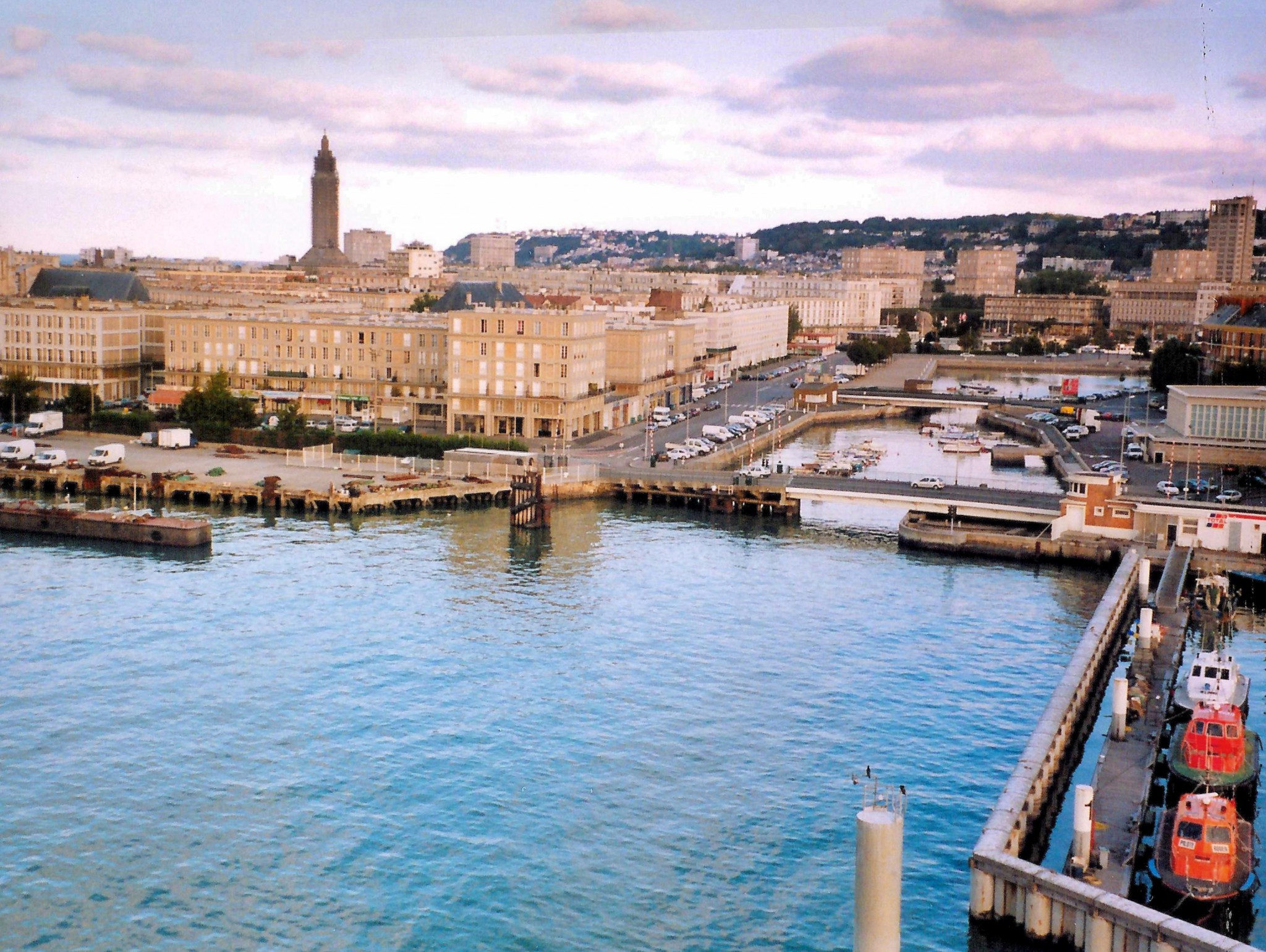
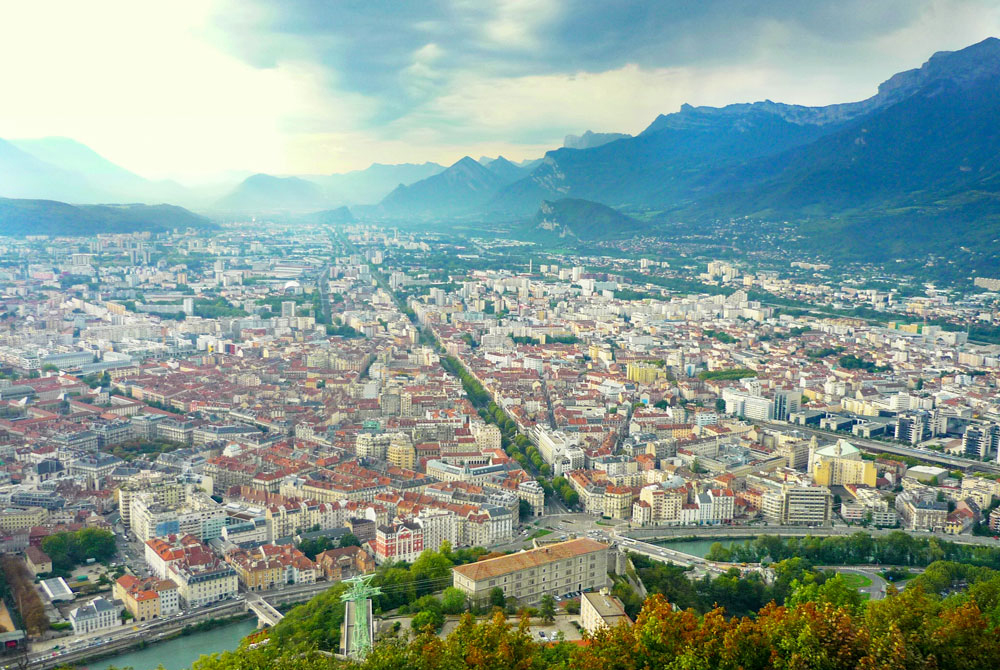
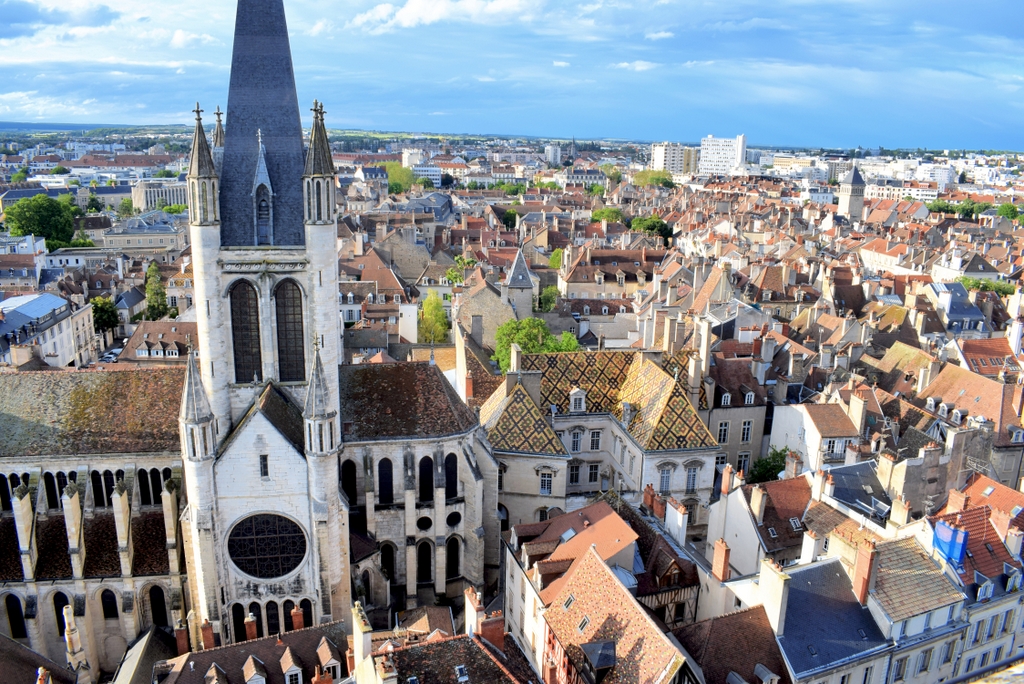
- #21. Saint-Denis – Reunion island (146,985)
- #22. Le Mans (143,325)
- #23. Aix-en-Provence (142,668)
- #24. Clermont-Ferrand (141,398)
- #25. Brest (139,163)
- #26. Tours (136,252)
- #27. Limoges (133,627)
- #28. Amiens (132,874)
- #29. Annecy (125,694)
- #30. Perpignan (121,934)
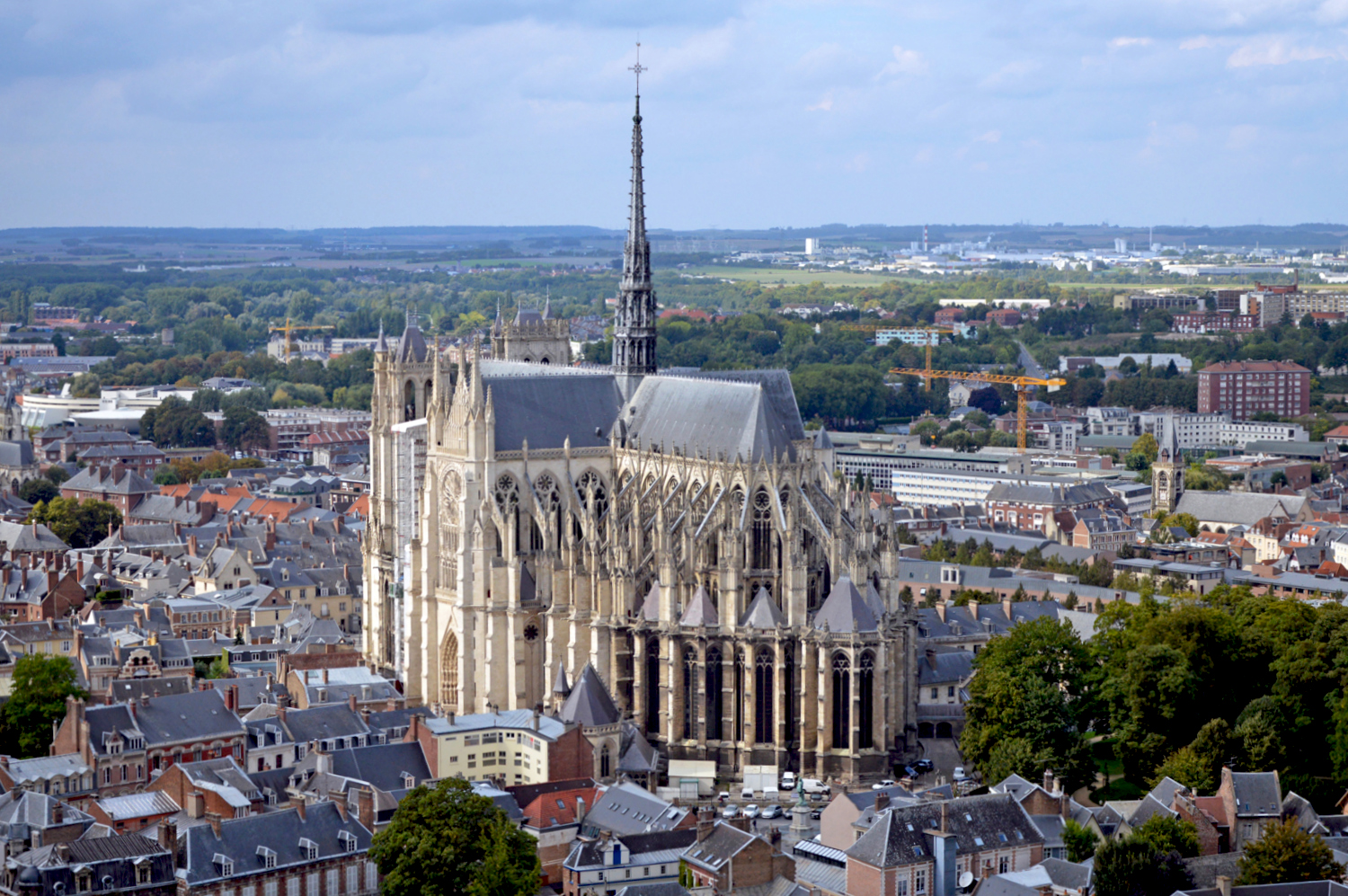
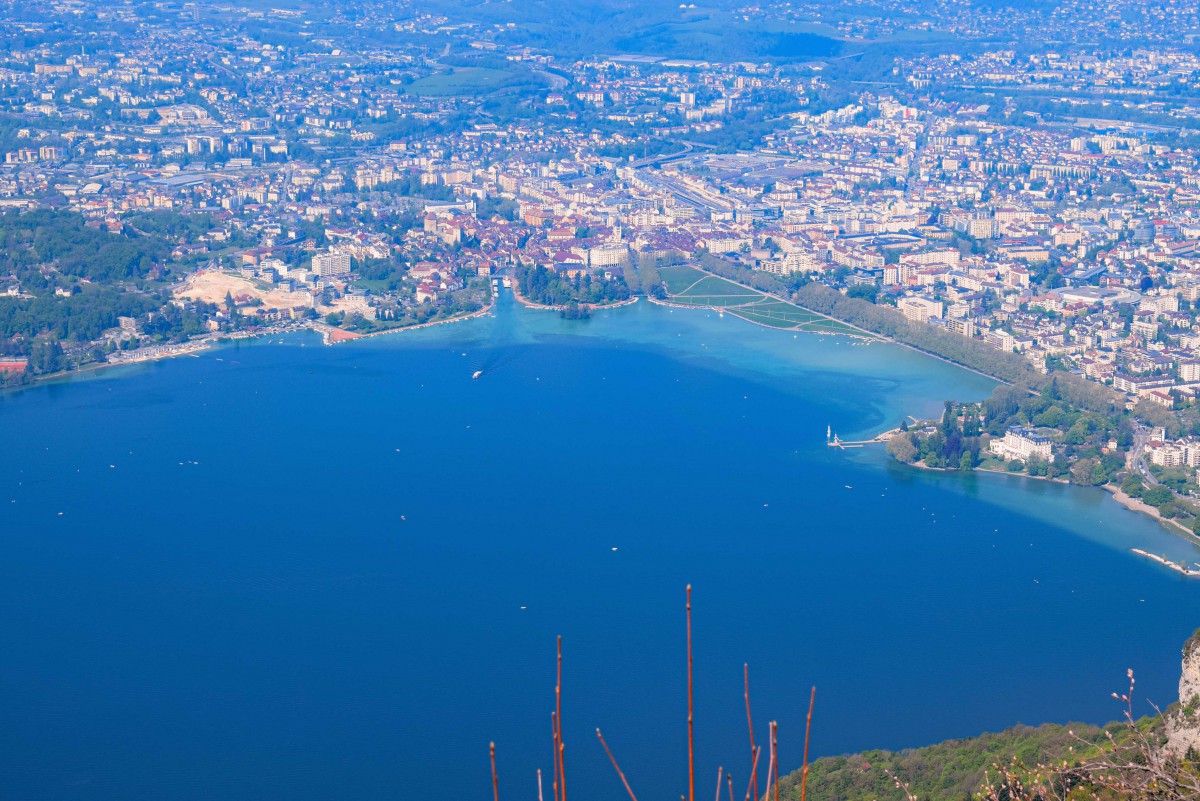
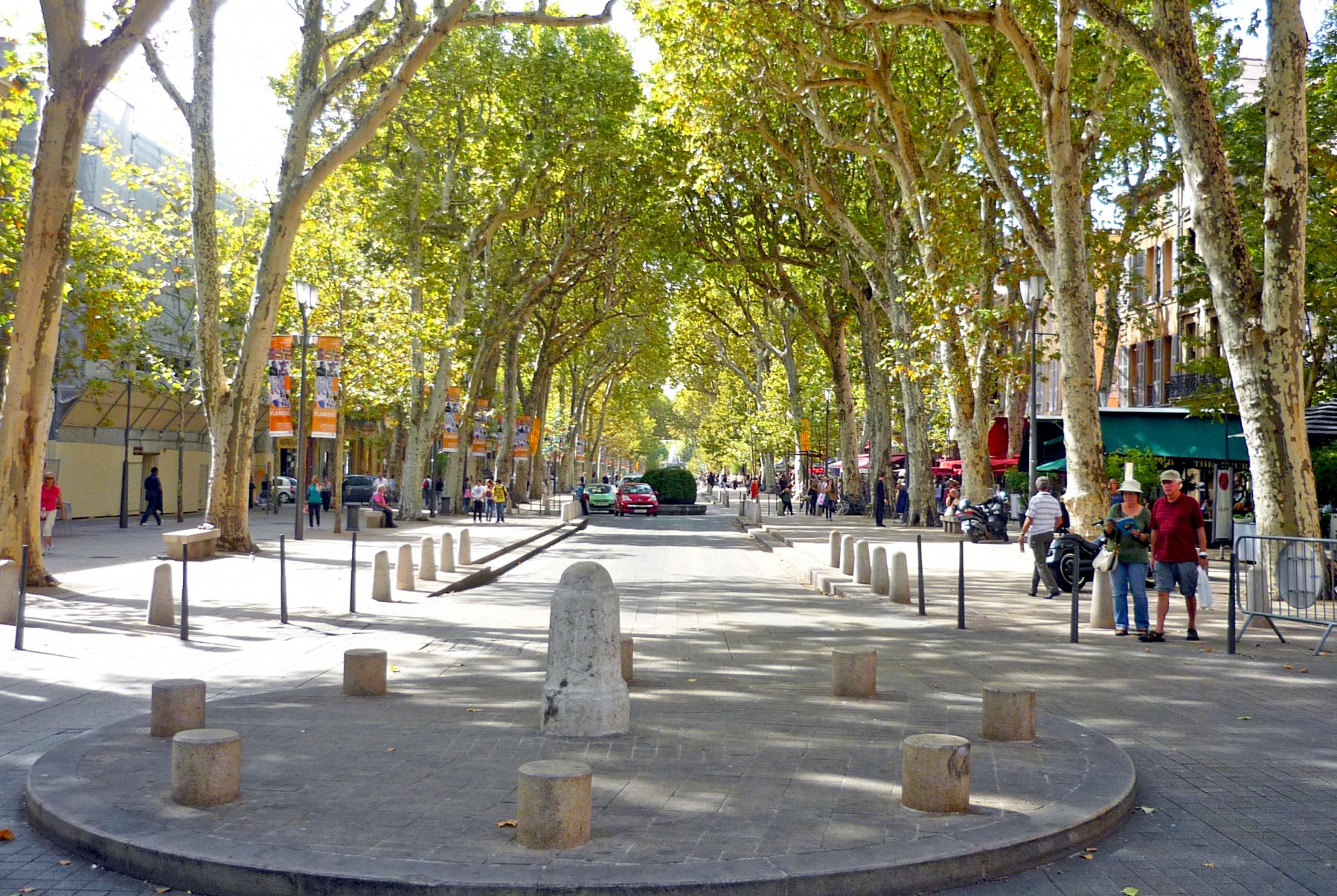
- #31. Boulogne-Billancourt (117,931)
- #32. Metz (117,492)
- #33. Besançon (116,676)
- #34. Orléans (114,644)
- #35. Saint-Denis (111,103)
- #36. Argenteuil (110,388)
- #37. Mulhouse (110,370)
- #38. Rouen (110,169)
- #39. Montreuil (106,691)
- #40. Caen (106,260)
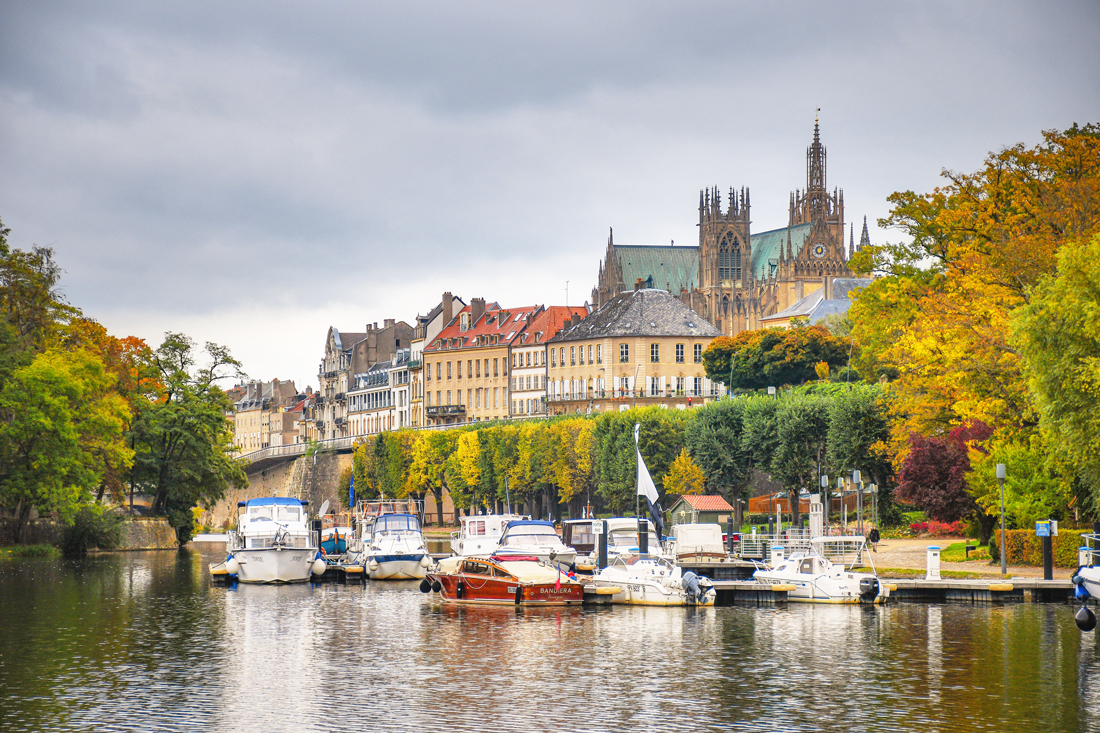

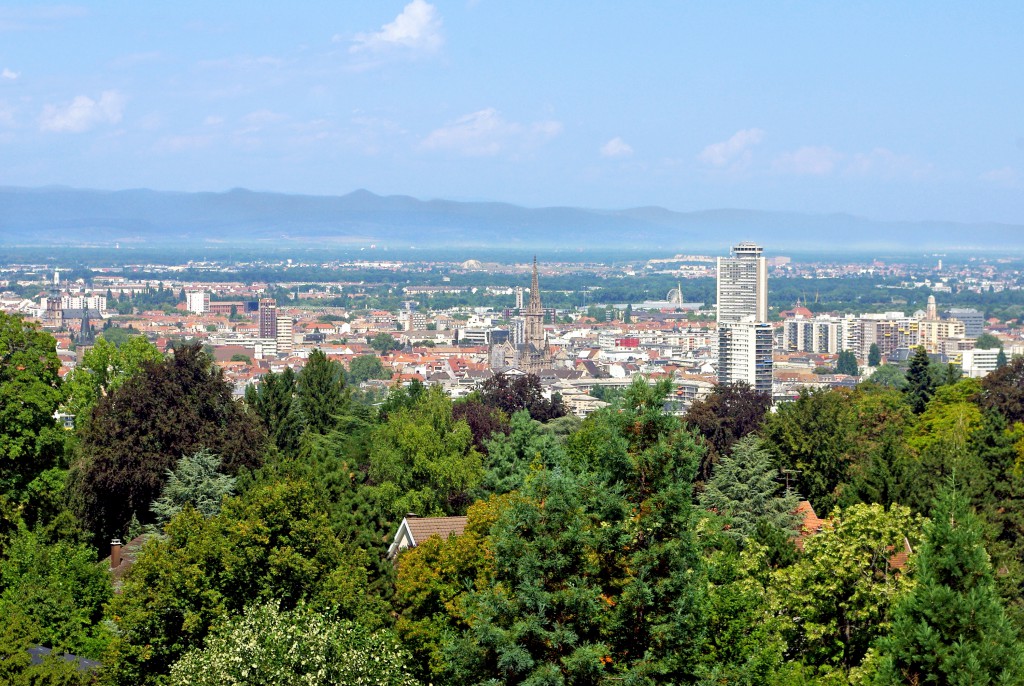
- #41. Saint-Paul – Reunion island (105,967)
- #42. Nancy (105,162)
- #43. Nouméa (99,926)
- #44. Tourcoing (96,809)
- #45. Roubaix (96,077)
- #46. Nanterre (93,742)
- #47. Vitry-sur-Seine (92,531)
- #48. Avignon (92,130)
- #49. Créteil (90,739)
- #50. Dunkerque (88,876)
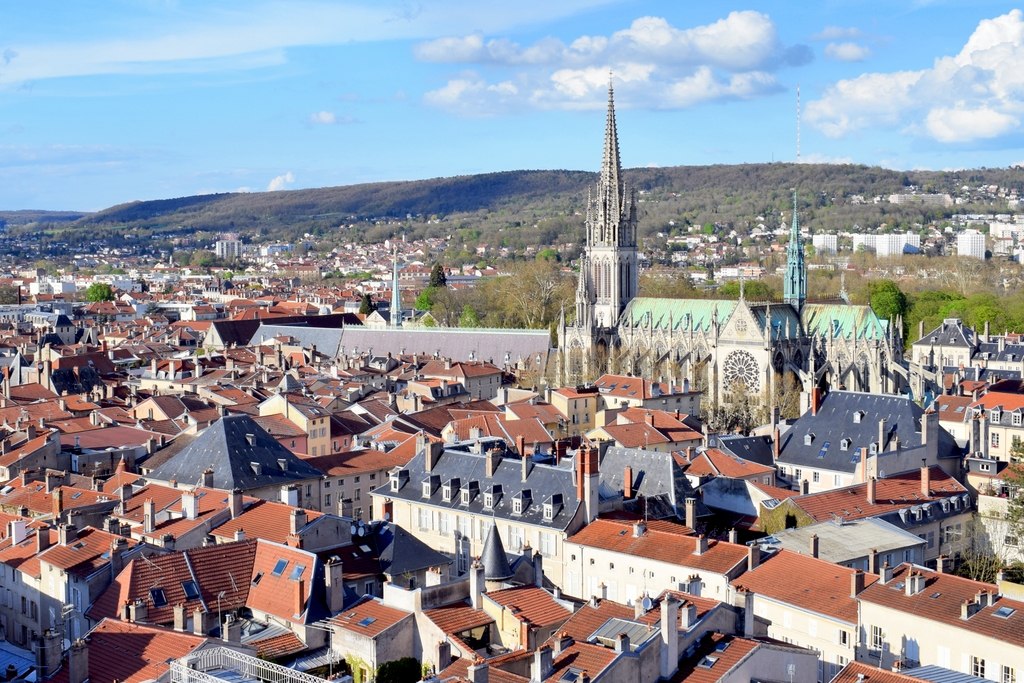
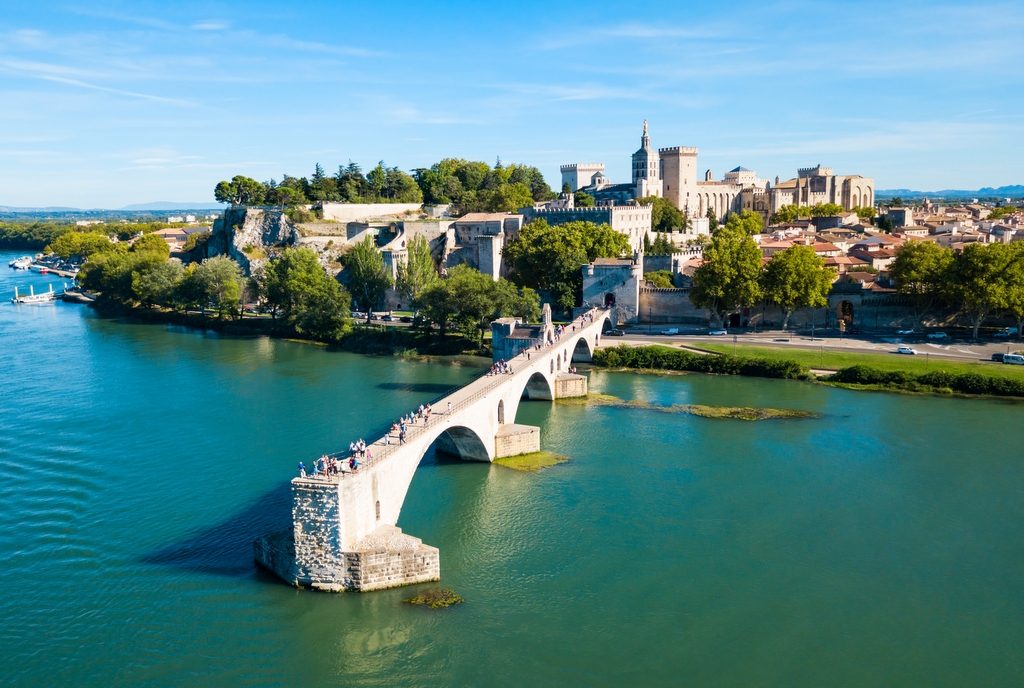
Top 10 largest urban units in France
When the cities are considered with their suburbs, the list shows major shifts in the ranking.
The suburban area is called “agglomération” or more technically “unité urbaine” (urban unit) by the French national statistics office (INSEE). It is made up of a continuously built-up area centred on a larger commune.
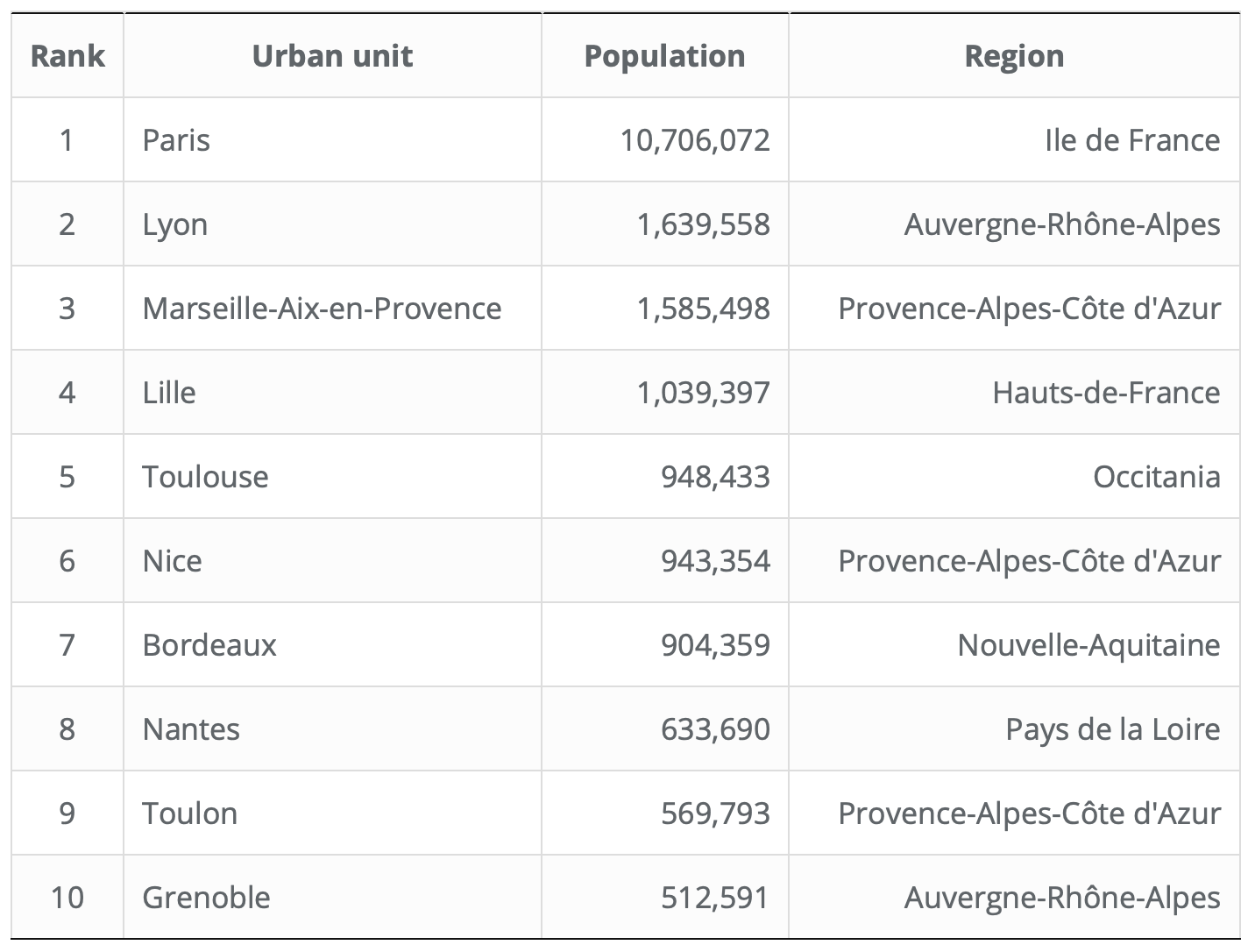
A short study of the cities in France
In France, a city is a population group of at least 2,000 inhabitants, with a variety of economic, social and cultural activities.
Most of the French are city-dwellers
Cities date back to ancient times. They were more or less important depending on the period. Today, 50 million people, i.e. more than three out of four French people, live in towns and cities. And half of the city dwellers live in a city of more than 200,000 inhabitants.
This does not mean that the rest of the population has a rural activity. In fact, many of those who work in the city live in housing estates built near villages.
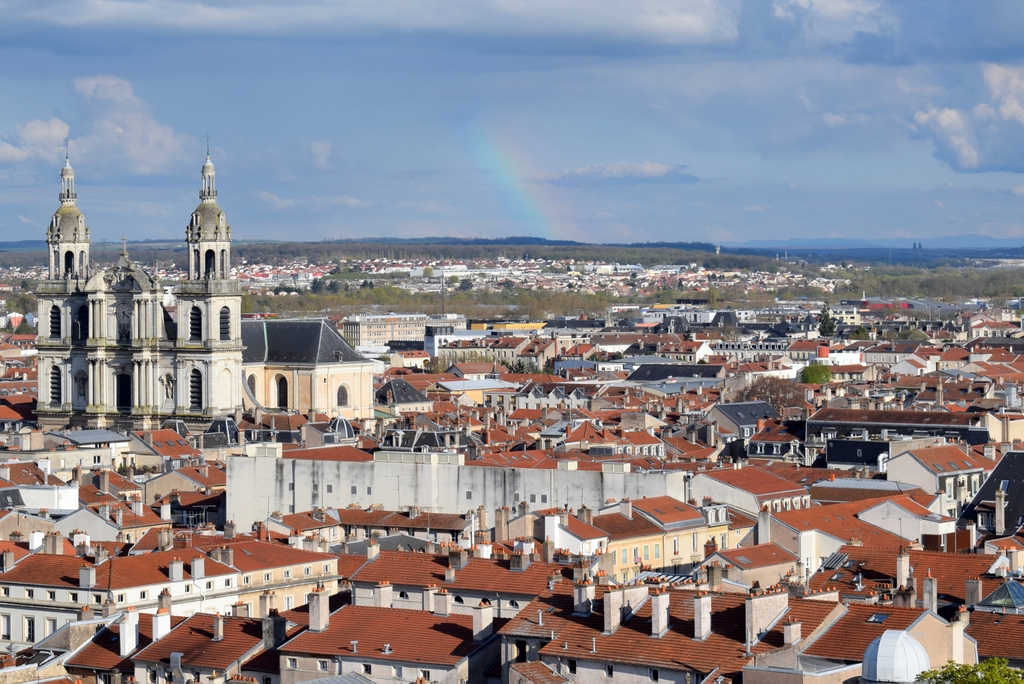
As a result, France appears to be a relatively less urbanised country compared to its Western European neighbours, not in terms of the percentage of urban dwellers, but in terms of the distribution and size of the cities across the country.
Moreover, many of the catchment areas of towns and cities with less than 50,000 inhabitants are in fact only made up of large towns and villages, which are commonly considered as the countryside.
Thus, 95% of the French population lives in a city’s catchment area.

The catchment area of cities in France
The catchment area of a city (functional areas zoning or aire d’attraction d’une ville) is, in France, a study zoning defined by INSEE to apprehend and describe the urban organisation of France. It defines the extent of the influence of a municipality on the surrounding municipalities.
Since October 2020, functional areas zoning (ZAAV) has replaced the notion of zoning in urban area (aire urbaine).
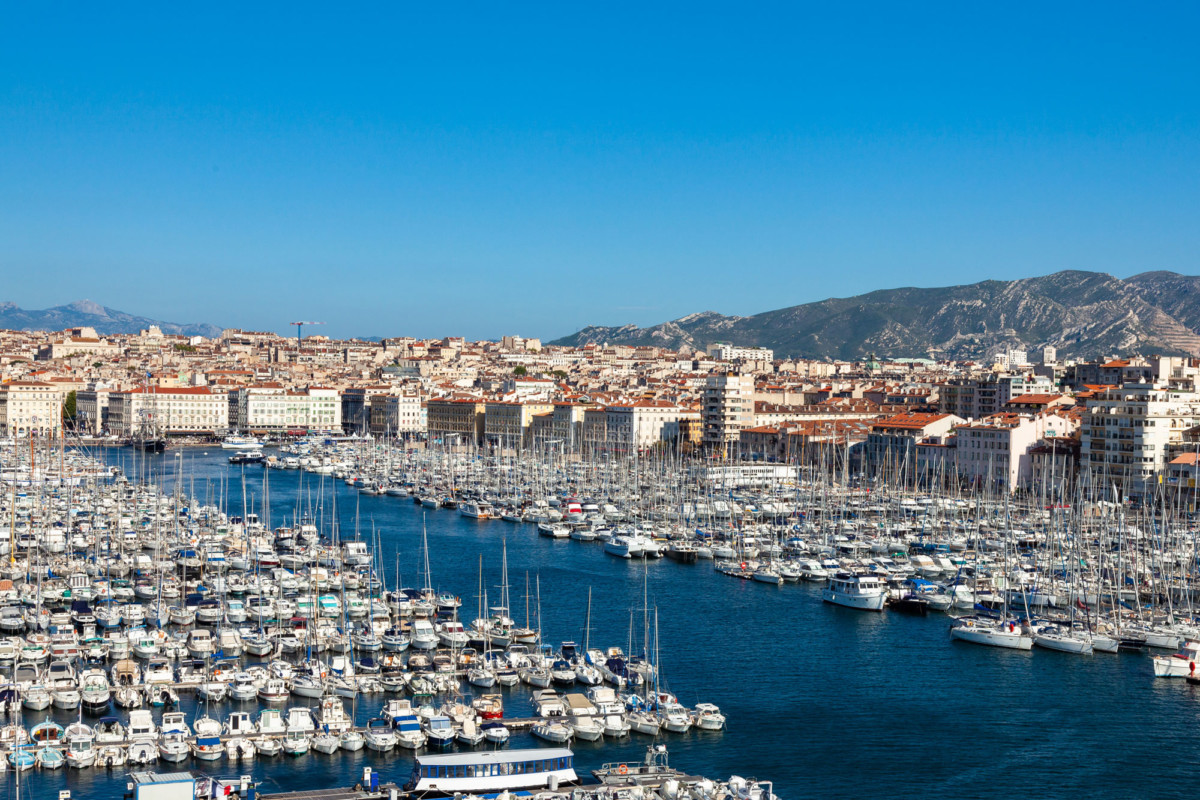
With more than 13 million inhabitants in 2017, the catchment area of Paris largely dominates the other urban areas. It is followed by the areas of Lyon, Marseille-Aix-en-Provence, Lille, Toulouse and Bordeaux, which have a population of more than one million.
![Aires d'attraction des villes de France 2020 © Roland45 - licence [CC BY-SA 4.0] from Wikimedia Commons](https://frenchmoments.eu/wp-content/uploads/2014/03/Aires-dattraction-des-villes-de-France-2020-©-Roland45-licence-CC-BY-SA-4.0-from-Wikimedia-Commons.png)
Cities in France where we live best
The ideal city seems to be a fairly large town, situated in the sun, between the sea, mountains and countryside.
This explains the recent demographic development of cities in the south, such as Toulouse, Montpellier and Avignon.
The French are proud of their cities. It is not uncommon to compare them to see where it is good to live.
The popular comparisons of the cities in France
Comparative studies of French cities are regularly published in magazines and newspapers. The rankings – which are more or less objective – announce to the general public the list of the most pleasant cities in France to live in.
To establish this ranking, the studies use a number of indicators to determine the major French cities where family life is most pleasant, for example:
- demography
- accessibility to employment
- education
- culture and leisure
- living environment and safety
- climate and environment
- real estate
- transport
- health
Here are some rankings made by the French press of French cities where it’s good to live with the family:
Le Figaro Magazine
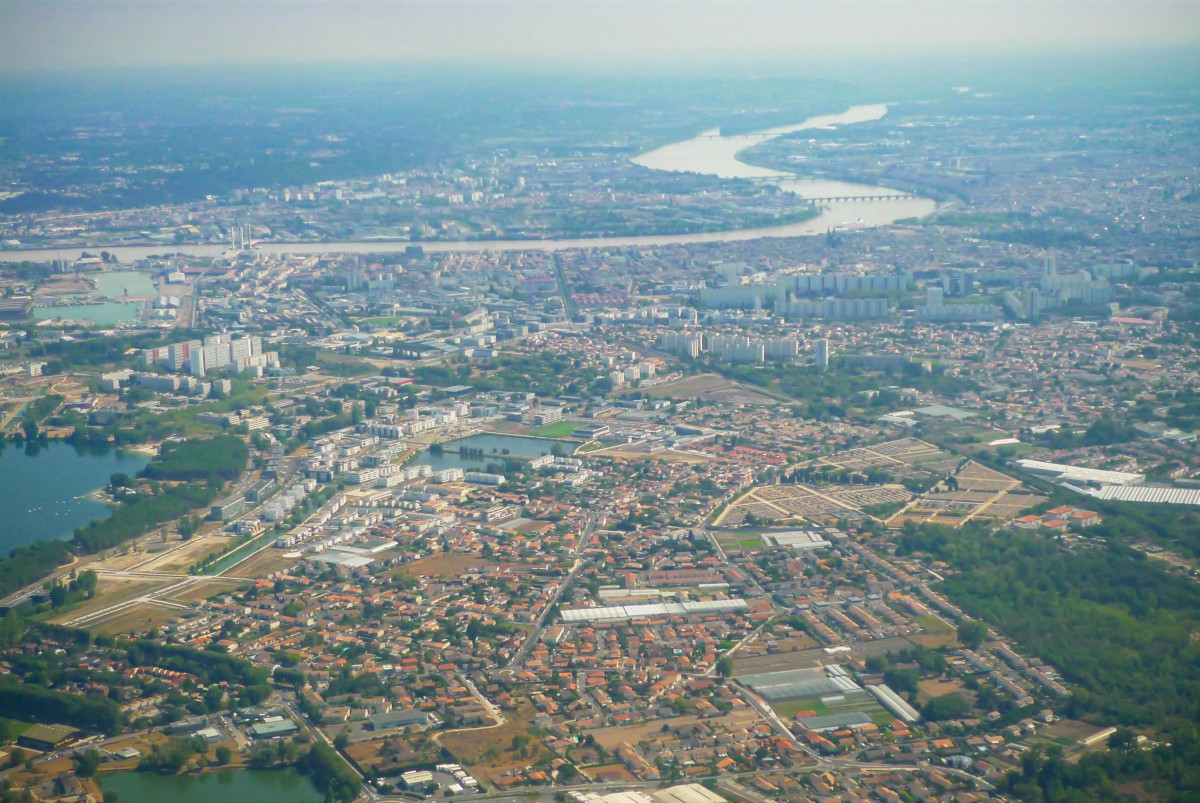
The magazine L’Express
![Rennes Place du Parlement de Bretagne © Edouard Hue - licence [CC BY-SA 3.0] from Wikimedia Commons](https://frenchmoments.eu/wp-content/uploads/2014/03/Rennes-Place-du-Parlement-de-Bretagne-©-Edouard-Hue-licence-CC-BY-SA-3.0-from-Wikimedia-Commons.jpg)
- Rennes
- Limoges
- Clermont-Ferrand
- Brest
- Saint-Etienne
- Lorient
- Montpellier
- Nantes
- Dijon
- Vannes
For the Nexity real estate group
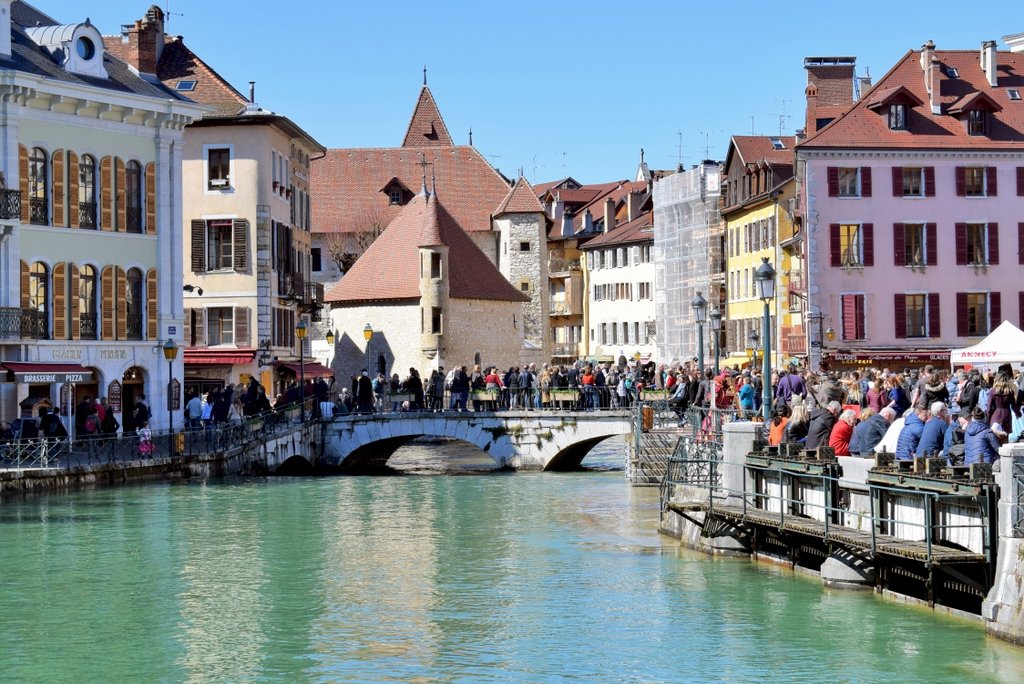
Cities in France: Download our FREE worksheets!
Download more activity worksheets about the geography of France:
Did you like what you read? If so, share it on Facebook or Twitter!
Inspired? Pin it for later
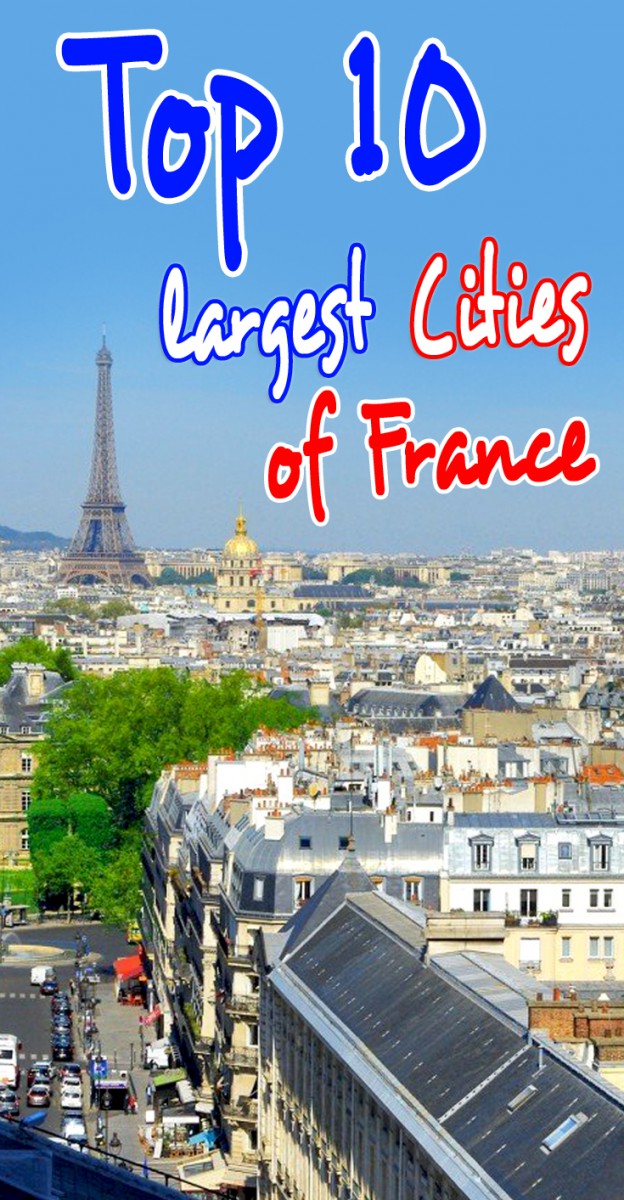

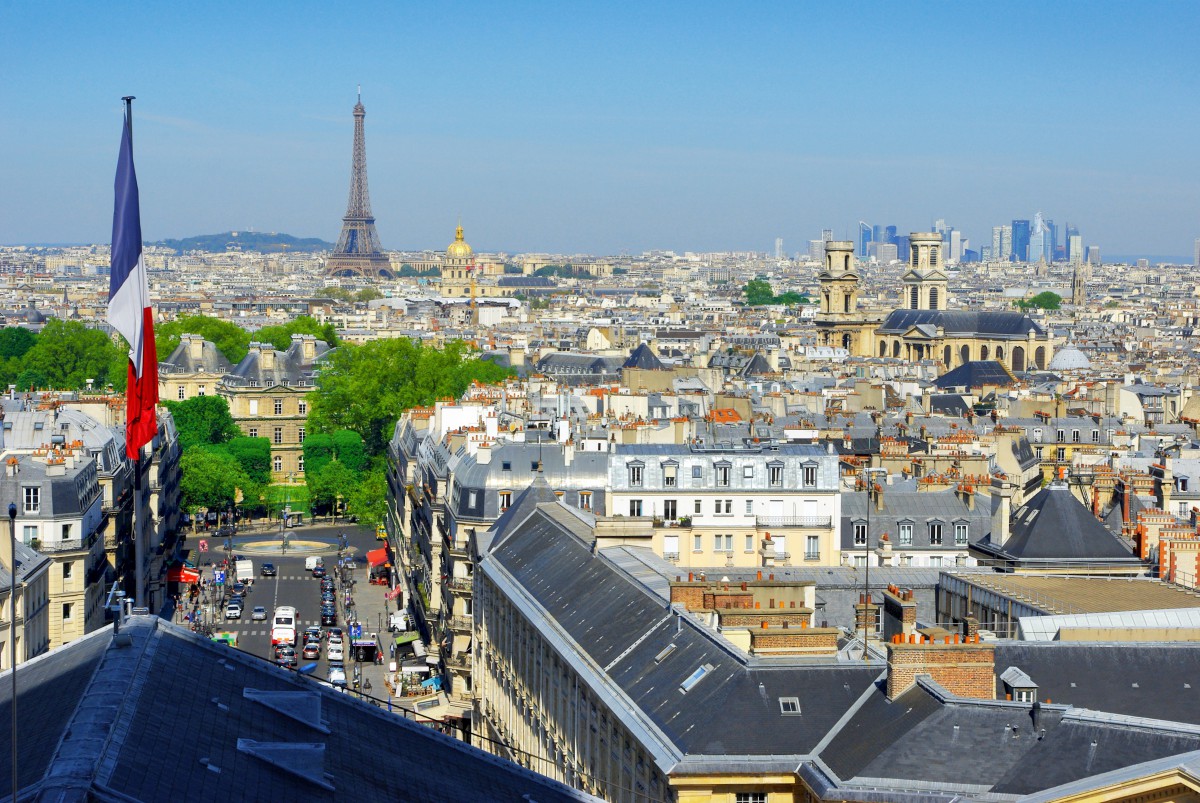


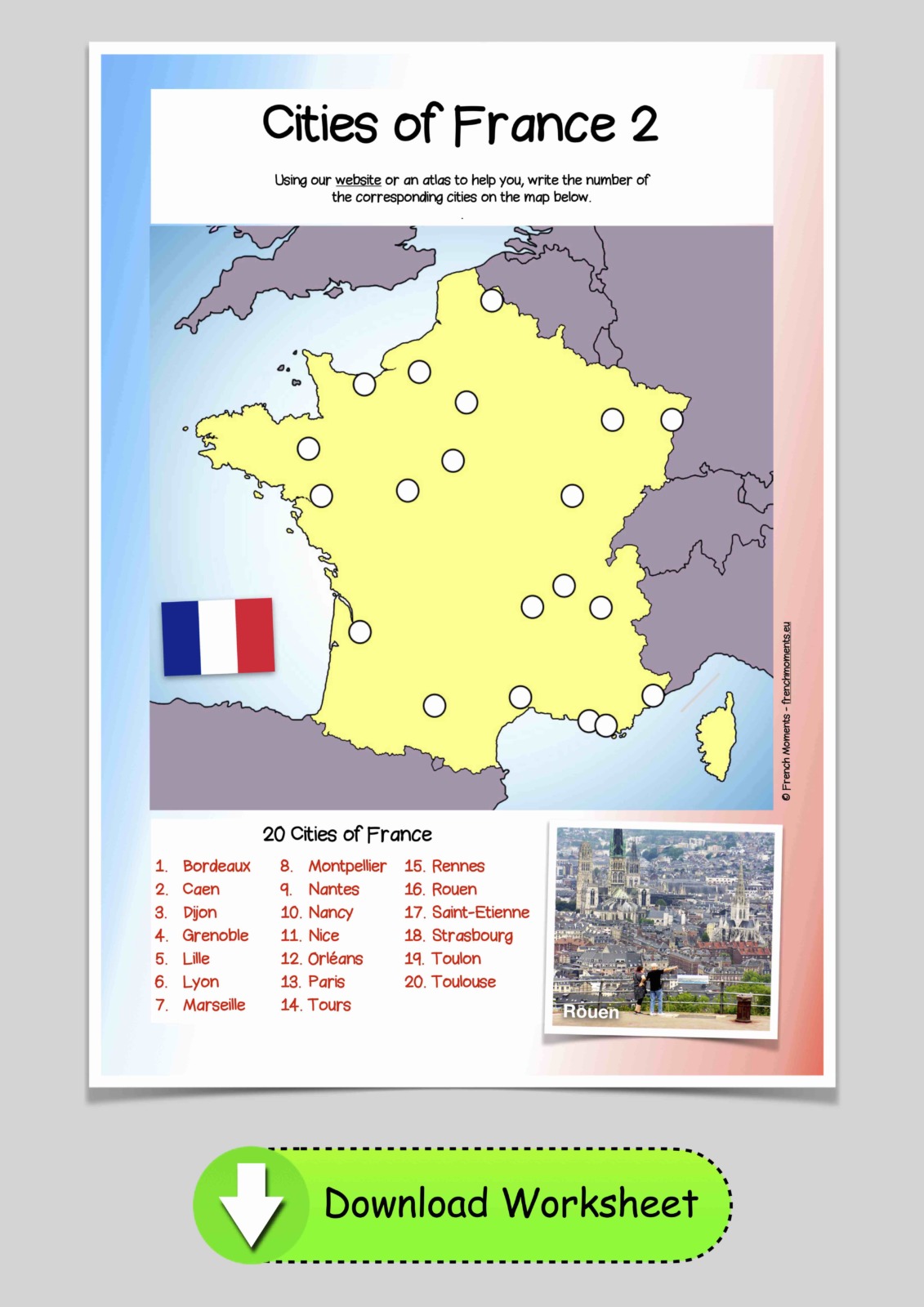




Population of city proper = is not good !
“Metropolitan area” is better in 2016. For exemple Lyon is bigger than Marseille (transport, students, economy). Lille/Bordeaux are bigger than Nice and Rennes is an important area with a metropolitan area of 700 000 inhabitants…
Nice post! You have a top 10 of the largest cities of France and I have a blog with my favorites city in France, don’t hesitate to visit it and leave a comment :
http://tothediscoveryoffrance.blogspot.com/
Thank you for your comment! That’s very cool, I’ll surely have a look at your blog. Have a nice day!